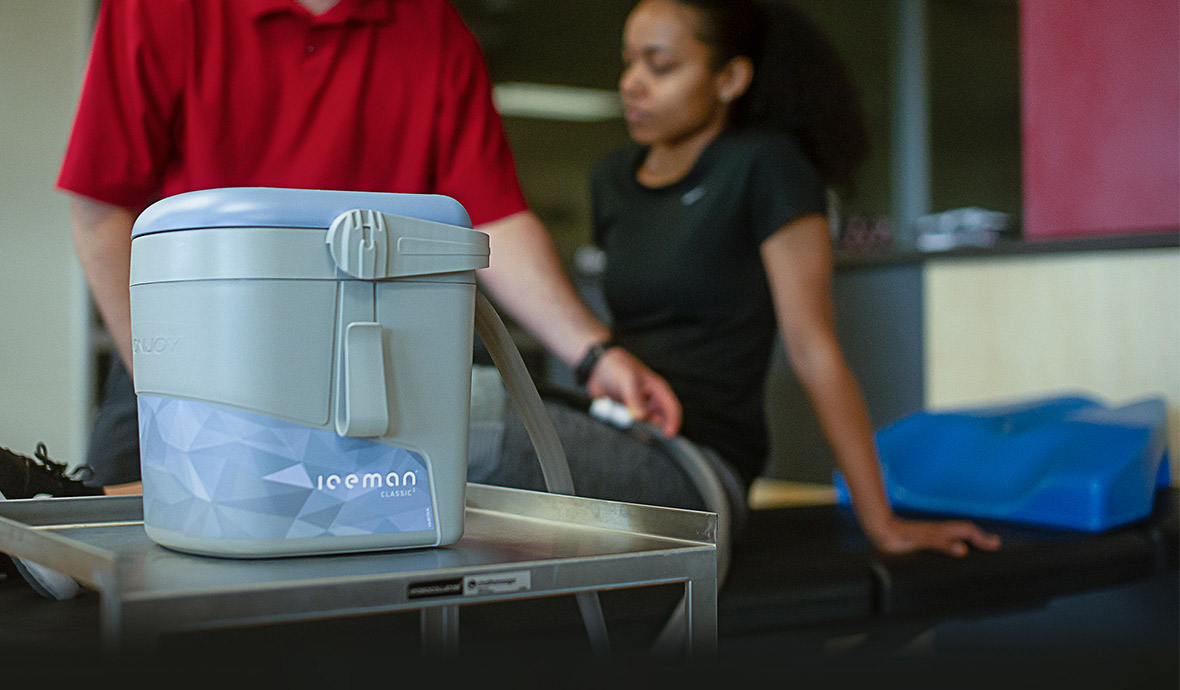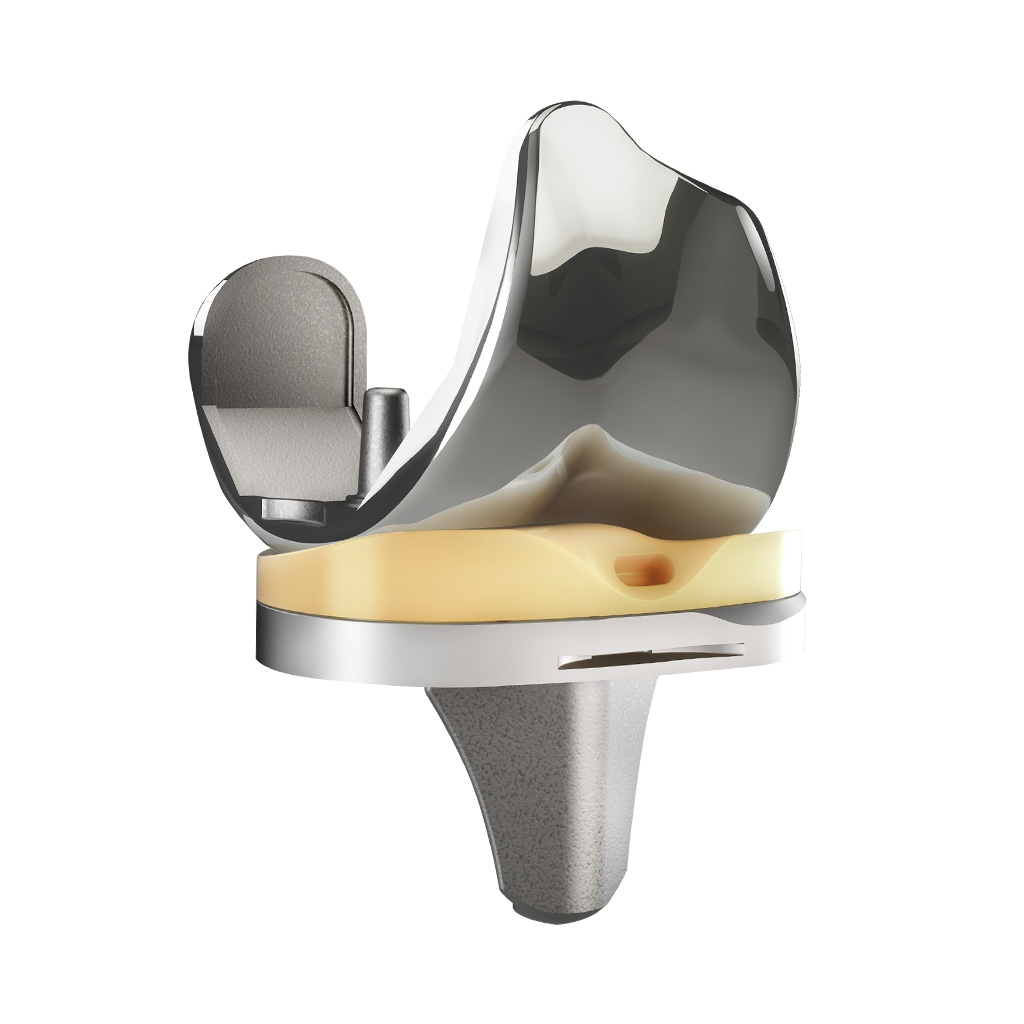What is OA
Osteoarthritis (OA) is a common joint disorder that occurs due to natural bodily aging and wear and tear on a joint. It is characterized by the breakdown and loss of a joint’s cartilage, bony overgrowth and alterations in the ligaments, menisci and muscles around the joint.
Prevalence
- Osteoarthritis affects over 32.5M US adults and is the single most common cause of disability in older adults.1
- According to the United Nations, by 2050 people aged over 60 will account for more than 20% of the world’s population.1
- Of that 20%, a conservative estimate of 15% will have symptomatic OA, and one-third of these people will be severely disabled. This means that by 2050, 130 million people will suffer from OA worldwide, of whom 40 million will be severely disabled by the disease.1
Signs & Symptoms
Osteoarthritis can remain undetected until a significant portion of joint cartilage has worn away. Signs to look for include, but are not limited to:
- Joint pain, tenderness, stiffness and locking
- Joint swelling (bones around the joints may feel larger than normal)
- Ligaments and muscles around a joint become weaker and stiffer
- A cracking or grating sound when a joint is moved
- Limited range of joint motion
Causes
The exact cause of OA is not yet known but causal factors may include, but are not limited to:
- Natural aging and wear and tear
- Bleeding disorders that cause bleeding in the joint, such as hemophilia
- Disorders that block the blood supply near a joint and lead to avascular necrosis
- Other types of arthritis, such as chronic gout, pseudogout or rheumatoid arthritis
- OA can develop within 10 years of a major joint injury. For example, a teenager who tears their ACL at age 15 could begin to develop OA as early as age 25 or 30.2
Risk Factors
Certain factors that may increase the risk of developing OA include, but are not limited to:
- Heredity
- Being overweight
- Joint injury
- Repeated overuse of certain joints
- Lack of physical activity
- Nerve Injury
- Aging
- ACL Injury
OA Management & Treatment
While there is no cure for osteoarthritis, mild to moderate symptoms can be managed by various medical treatment options. These include medication, exercise, physical therapy, weight loss if overweight and healthy diet if diabetes or cholesterol is of concern in addition to the following:
Cold therapy can help reduce swelling and manage pain.
The IceMan CLASSIC3™ cold therapy unit helps reduce pain and swelling to speed up rehabilitation. The IceMan® helps provide extended cold therapy to aid in a variety of conditions and treatments directed by a medical professional. Consult your medical professional to see if the IceMan CLASSIC3™ cold therapy system might help manage pain symptoms prior to surgery.*
Chattanooga® cold packs help reduce pain and swelling in various areas of the body and can be used either post-workout or for injury management.
 IceMan CLASSIC3™
IceMan CLASSIC3™
Supportive devices such as braces, orthotics, shoe inserts, cane, or walker
Many orthopedists specialize in specific treatment protocols, and, as a result, may not be fully versed in the full armamentarium of treatments available for knee OA—or fully comfortable recommending those outside their areas of specific expertise or focus.
There are many benefits associated with the use of advanced, specialized knee braces:
- Advanced braces that are prescribed and fitted by surgeons can be very effective at reducing pain in many patients. They work by helping offload stress on the joint.
- They are non-invasive and non-narcotic.
- They can help you maintain your everyday activities.
- They can be used in conjunction with other treatment options to help effectively manage OA symptoms, increase the stability of the knee(s) and reduce pain and swelling.
- They can be more cost effective and safer than other treatments such as medications or more invasive surgeries that carry additional risks.
- They can help further deterioration of the joint by easing the pressure on the affected compartment.
See our selection of OA braces.
Surgery may be helpful to relieve pain and restore function when other medical treatments are ineffective or have been exhausted, especially with advanced OA.

The EMPOWR 3D Knee® aids natural motion throughout a full range of motion, from early to deep flexion, creating a more natural feeling knee for the patient and creates a more stable, normal feeling knee for patients 25% more often than other knee implants.3
Learn more about the EMPOWR 3D Knee.
Any of these may help decrease joint pain and stiffness to delay further progression or improve mobility and function of the joint. The type of treatment depends on many factors including age, health, activity level, occupation, and severity of the condition. Please consult your healthcare professional for instruction on which treatment options may be best for you.
*WARNING: This device can be cold enough to cause serious injury. Read and understand all warnings and instructions for use before using this device. Additional warnings appear in the instructions for use.
- https://www.who.int/medicines/areas/priority_medicines/Ch6_12Osteo.pdf
- https://medlineplus.gov/ency/article/000423.htm
- “Replicating Native Knee Dual-Pivot Kinematics Improves Outcomes After Total Knee Arthroplasty.” R. Michael Meneghini MD - ICJR South Presentation June 2018